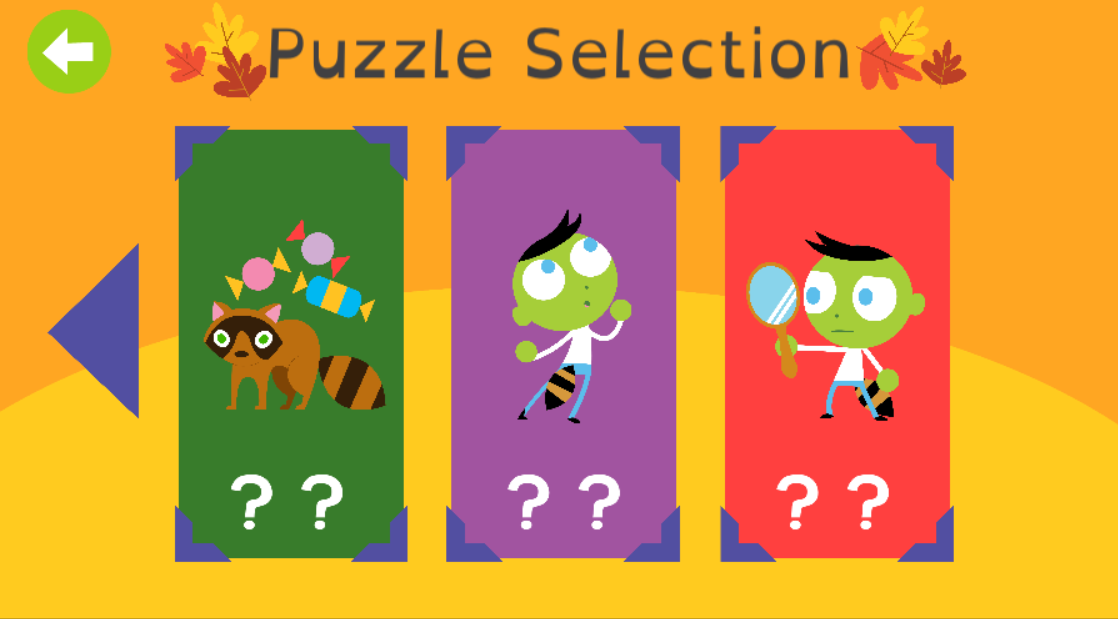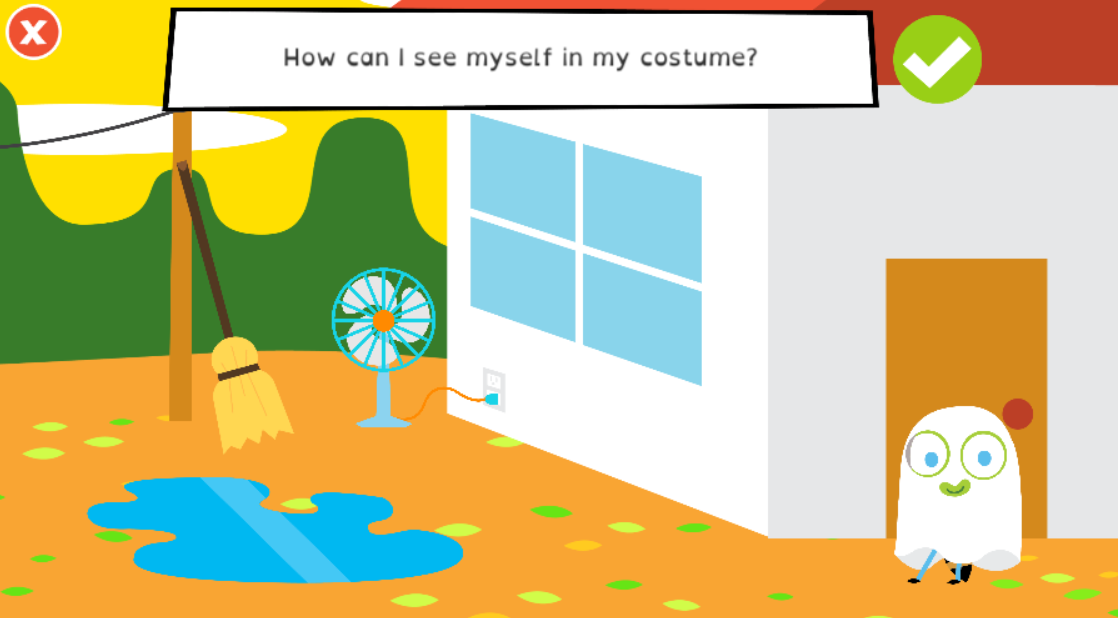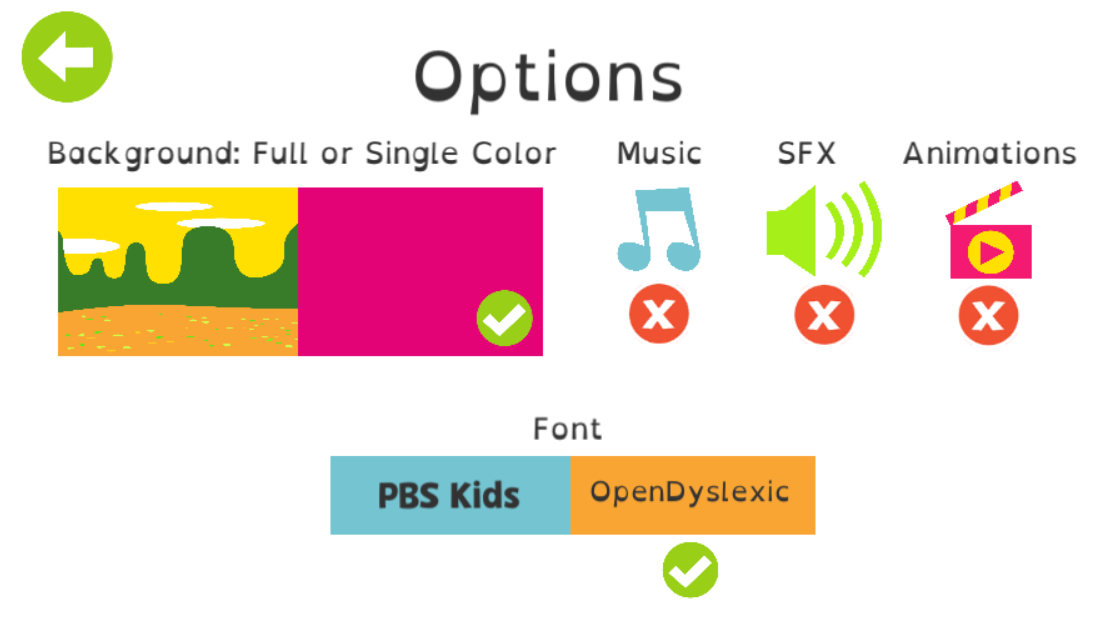Game Overview
This project was centered around employing accessible practices through
Universal Design for Learning (UDL)
and engaging kids in the
Ready To Learn (RTL)
Engineering Curriculum.
Project advised by PBS KIDS' Gameplay Creative Strategist Julie Maski, with input from the AbleGamers team.
To learn more, read the Game Design Document here, check out the initial game pitch here, view a progress presentation here, or play the game here.






